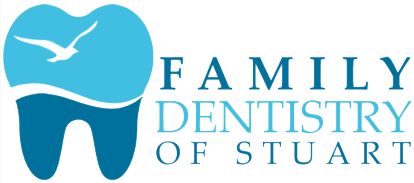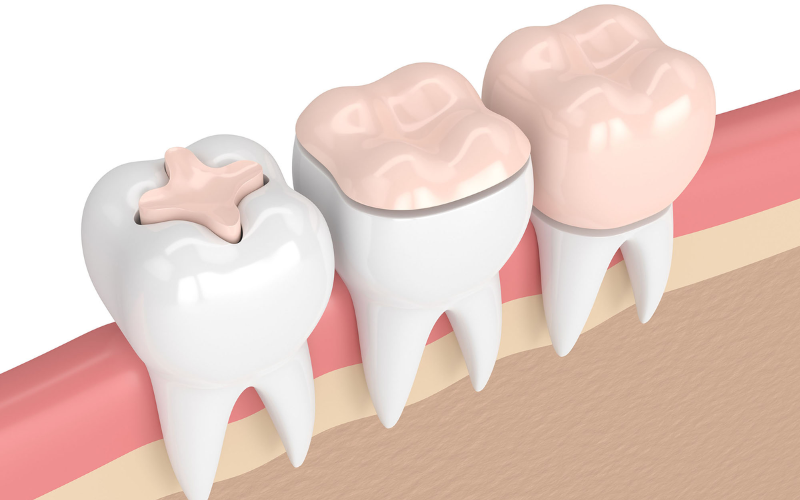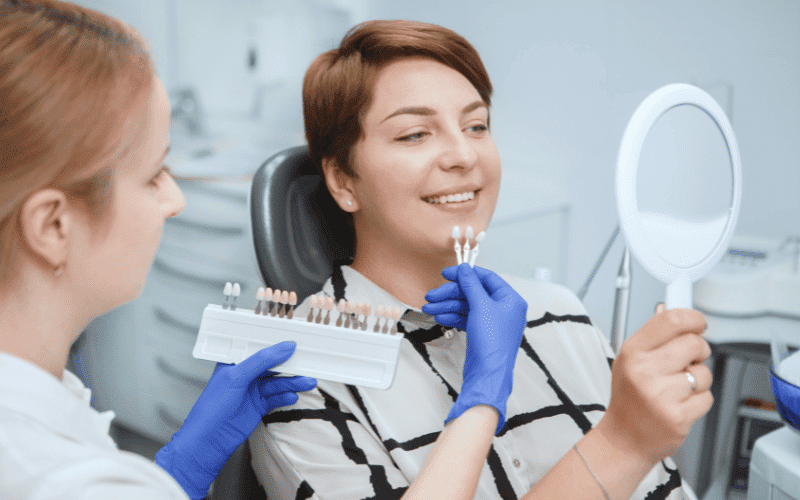5761 SE Federal Hwy, Stuart, FL 34997
What to Do When Cosmetic Dental Procedures Go Wrong: Avoiding Pitfalls

Cosmetic dental procedures often promise transformative results, enhancing smiles and boosting confidence. However, despite advancements in technology and competent practitioners, unforeseen mishaps can occur. From botched veneers to poorly executed whitening treatments, encountering problems in cosmetic dentistry can be distressing. Understanding the steps to take when faced with such challenges is crucial. In this guide, we’ll delve into the intricacies of handling dental procedure-gone-awry scenarios, offering insights, preventive measures, and solutions to rectify these issues.
Understanding the Risks
Before starting any cosmetic dental procedure, comprehending the potential risks is paramount. Even routine treatments like teeth whitening or bonding carry inherent risks of sensitivity, uneven results, or allergic reactions to the materials used. More invasive procedures, such as dental implants or veneers, come with risks of infection, improper placement, or mismatched aesthetics. Awareness of these possibilities empowers individuals to make informed decisions and choose reputable professionals who prioritize patient safety.
Selecting the Right Professional
Choosing a cosmetic dentist with training and experience significantly lessens the chance of procedure errors. Researching credentials, reading patient testimonials, and consulting with multiple practitioners aid in making an informed choice. Verify the dentist’s certifications, inquire about their experience in performing the specific procedure, and discuss any concerns or expectations beforehand. A professional communicates transparently, guiding patients through the process and addressing queries comprehensively.
Effective Communication is Key
Misunderstandings or miscommunications between patients and dentists can contribute to procedure mishaps. It’s imperative to articulate your expectations effectively while ensuring a thorough understanding of the treatment plan. Request visual aids like digital imaging or mock-ups to visualize the anticipated outcome. Discuss potential risks, recovery periods, and aftercare instructions. Effective communication fosters a shared understanding, minimizing the chances of procedural errors.
Vigilance in Pre-procedural Assessments
Comprehensive pre-procedural assessments are fundamental to mitigating potential risks. Dentists should conduct thorough examinations, assess oral health, and discuss medical history and any pre-existing conditions. This evaluation aids in identifying potential contraindications or complications that might arise during or after the procedure. Patients must provide accurate information to ensure the dentist can tailor the treatment plan to their specific needs.
Knowing the Red Flags
During and after a cosmetic dental procedure, being vigilant for red flags is essential. Persistent pain, abnormal swelling, or unexpected changes in sensation warrant immediate attention. Discoloration, ill-fitting restorations, or visible abnormalities in the treated area are indicators that something might be amiss. Addressing these concerns right away reduces the risk of complications escalating and facilitates timely intervention.
Seeking Professional Guidance Post-Procedure
In the aftermath of a cosmetic dental procedure gone wrong, seeking professional guidance is crucial. Contact the dentist immediately to relay your concerns and schedule a follow-up appointment. Documenting the issues with photographs and maintaining records of conversations and receipts aids in communicating concerns effectively. An adept dentist assesses the problem and recommends appropriate corrective measures or referrals to specialists if necessary.
Understanding Your Rights
Patients have rights and recourse if a cosmetic dental procedure doesn’t meet expected standards. Familiarize yourself with consumer protection laws and regulations related to dental services in your area. Review the terms of any agreements or consent forms signed before the procedure. In cases of disputes or unsatisfactory outcomes, seeking legal advice or contacting relevant regulatory bodies can help resolve the issue.
Exploring Corrective Procedures
In some cases, corrective procedures might be necessary to address the aftermath of a botched cosmetic dental treatment. These could involve replacing restorations, corrective surgeries, or additional treatments to rectify aesthetic or functional issues. Discussing available options with a qualified professional helps in understanding the feasibility, risks, and potential outcomes of corrective procedures.
Preventative Measures for Future Procedures
Learning from past experiences, take proactive steps to prevent similar mishaps in future procedures. Emphasize thorough research, open communication, and diligent pre-procedural assessments. Choosing reputable professionals with a track record of successful outcomes and prioritizing comprehensive discussions about treatment plans and expectations minimizes the chances of encountering complications.
While cosmetic dental procedures hold the promise of enhancing smiles, encountering complications can be distressing. However, proactive measures can mitigate risks and alleviate the aftermath of procedural mishaps. Selecting qualified professionals, fostering straightforward communication, staying vigilant during and after procedures, and understanding one’s rights are key steps. Remember, in the event of an unexpected outcome, seeking immediate professional guidance is crucial. By employing preventative measures and understanding corrective options, individuals can navigate cosmetic dental procedures with greater confidence and minimize the likelihood of encountering pitfalls.




